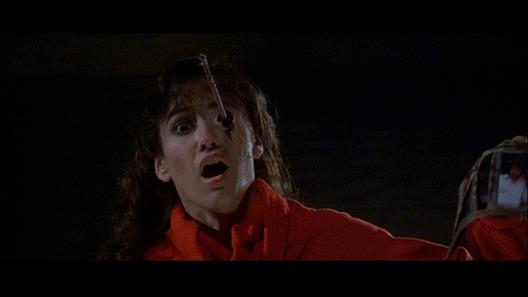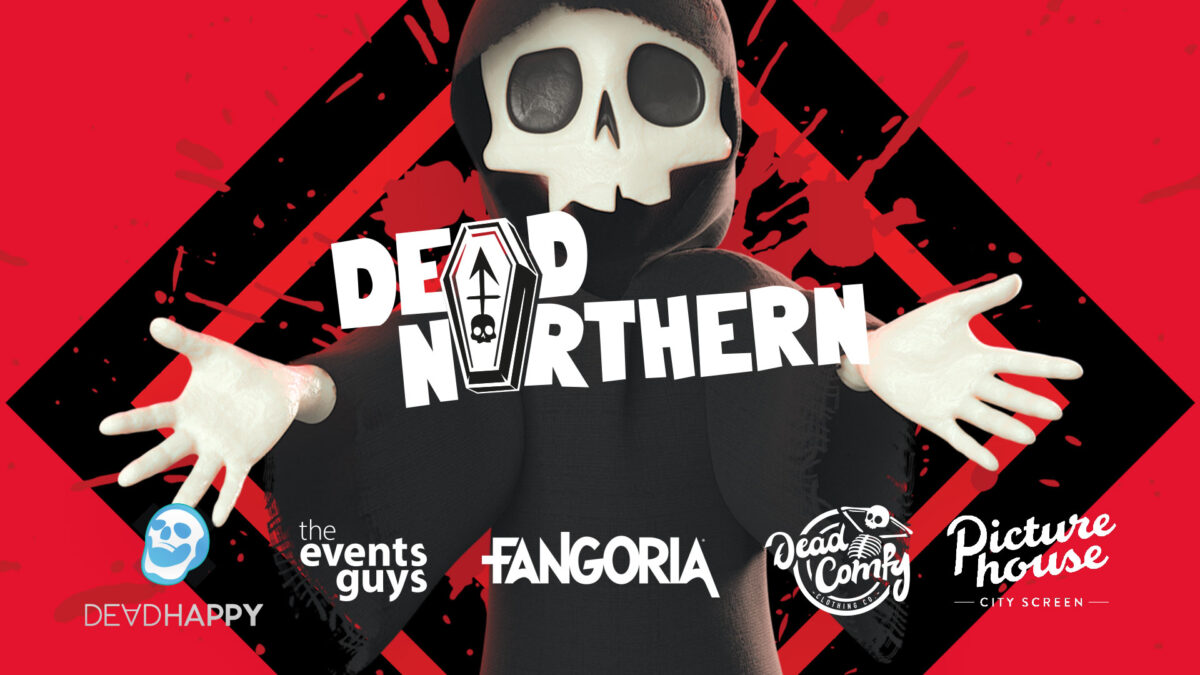
With the 2022 fest just around the corner – Dead Northern’s editor in chief reflects on the of the favourites from the 2021 festival!
Wyvern Hill (Directed by Johnathan Zaurin, 2021)
Beth (Pat Garrett), begins showing signs of early Alzheimer’s, leading to her daughter and son in law taking her in. Little do they know, something much darker lurks beneath the surface.

Wyvern Hill illustrates the bold, wickedly deceptive, and shocking tales that can come from a narrative surrounding a small knit of characters, with director Jonathan Zaurin proving that independent cinema can go above and beyond in every single way. Throughout the film, a plethora of juxtaposing themes are featured including loss of the self and the psyche of disjointed minds, however, rather than Wyvern Hill biting off more than it can chew, the wildly ambitious result is sublime, ensuring that the viewer is both alarmed and intrigued the entire time. Adding even more richness to the film is the valiant imagery that can flip from quaint mute tones to daring neon lighting, again infusing an almost psychedelic aspect into the traditional ‘ghost’ story.
Among the Living (Directed by Rob Worsey, 2021)
After a deadly mutating virus demolishes nearly all of the population, a struggling older brother along with his little sister has to travel across a ruined England to find safety with their father.
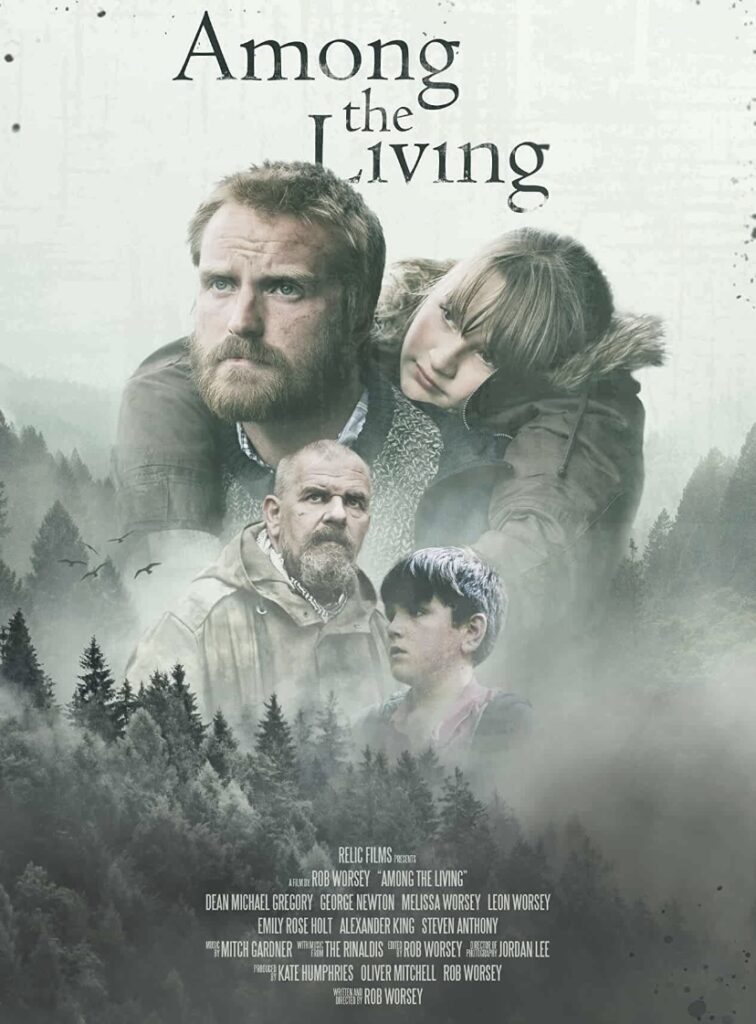
Tarnished landscapes due to zombie infestations and ruined connections with the human world, only finding comfort in the small moments between battles is a combination that was destined for the zombie movie. Throughout Rob Worsey’s independent feature, Among the Living, an entire world is created where hardships and sibling relationships are thoroughly explored with an emotive and an all-consuming outcome. As we explore the frightful landscape alongside the pair, it is difficult to not form a heartfelt connection, leading to every risky situation or harmful circumstance to be more heightened than ever.
Red Snow (Directed by Sean Nichols Lynch, 2021)
During Christmas, a vampire novelist (Dennice Cisneros) gets caught up in a battle against bloodsucking vampires.
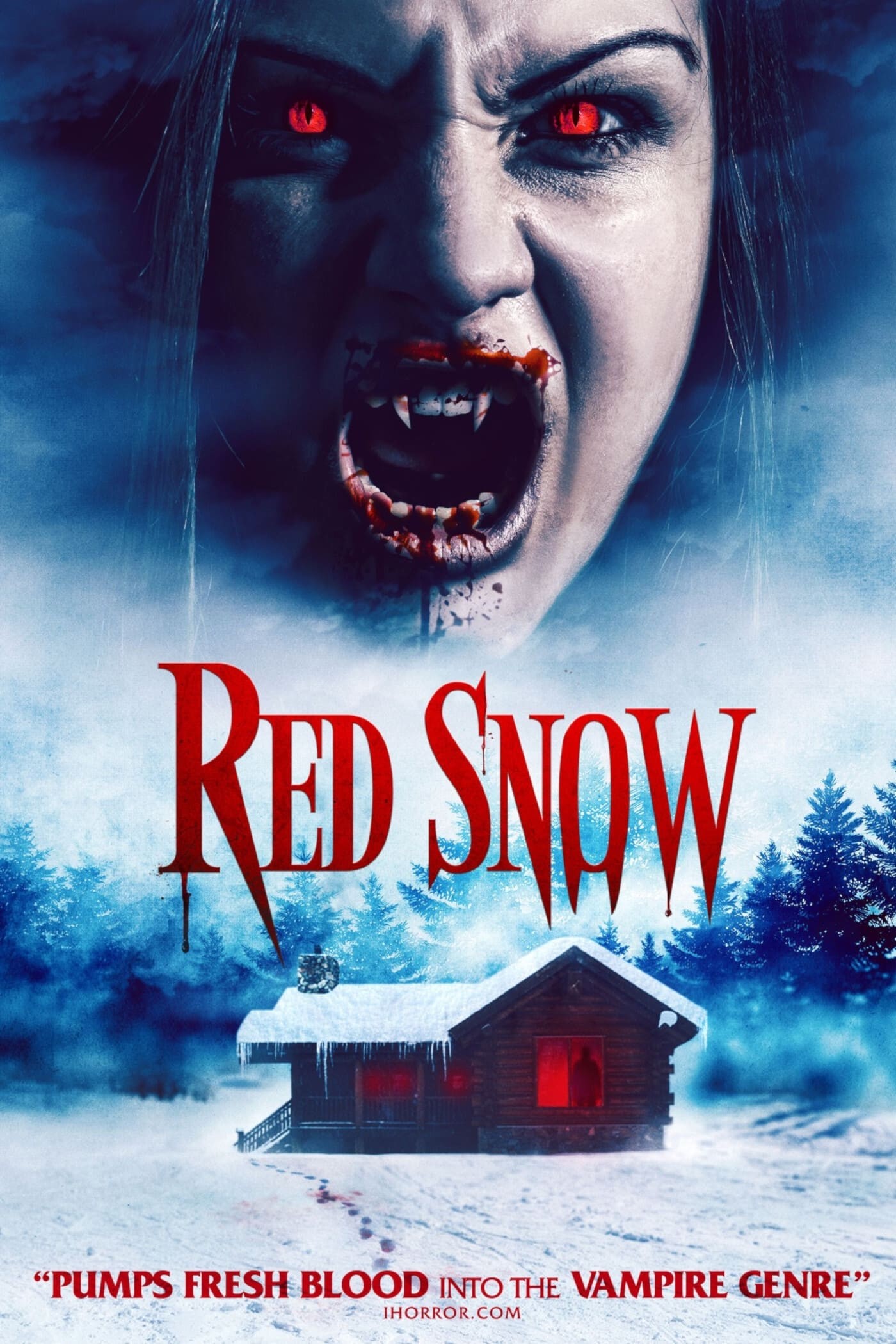
Red Snow masterfully toys with audience expectations through playing the viewer by delving into entirely original territory through the overarching premise of whether the titular protagonist Olivia (Dennice Cisneros) can actually trust her new house guest Luke (Nico Bellamy). When it comes to vampire films, the standard outlook focuses on gothic architecture, velvet capes, and lusciously lined caskets, however, in keeping with the modernisation of the vampire tale, director Sean Nichols Lynch sets the film at a cozy cabin during the festive period, with tinsel covered christmas trees and plenty of fluffy snow. And whilst Red Snow does make light of the contrasting narrative aspects, the film isn’t afraid of dipping into darker territory and delivering a frightful scare.
The August Club (Directed by Daniel Richardson, 2020)
Jack (Lucas Byrne) and Noah (James Grainger) finish school for the summer, and with nothing better to do they head to the park, only to be dared by local bullies to venture into a creepy house occupied with an ancient secret.

The August Club combines horror nostalgia with creative effects and a keen urge to bring back fun and exciting horror to the market. Many genre fans will look to Goosebumps, Scooby Doo, Tales from the Crypt, and Doctor Who for provoking their initial interest in the weird world of horror; filmmaker Daniel Richardson reintroduces these vibes back to indie cinema to both create an exciting adventure with plenty of twists and turns throughout, as well as showcasing how British horror excels in using a unique blend of dark humour and naturally eerie settings to create a memorable venture.
Zomblogalypse (Directed by Hannah Bungard, Tony Hipwell, & Miles Watts, 2021)
Three survivors from the zombie apocalypse keep a video blog of their day to day life and decide to create a thrilling action feature to keep themselves entertained.

Zomblogalypse began as a web series in 2008 detailing the zombie apocalypse in a lighthearted, but equally gruesome way. Over the years, the success of the series not only conjured a wide fan following, but also a full feature length picture filled with irreverent undead antics and some serious laugh out loud escapades in this surreal, entertaining, and captivating zombie found footage hybrid. The exciting peaks that Zomblogalypse hones in on is of course extremely entertaining, but the film does not stray away from the gory aesthetics that zombie films are known for. The effects are more than brutal and generous, with tons of putrefying flesh, bloody wounds, and flailing limbs appearing in the spotlight more than once.
The House That Bleeds (Directed by Ben Ellis-Nicholson, 2021)
Alex (James McFadyen) and Lucy (Stephanie McNeil), an expecting couple move into an old ‘fixer-upper’ to start their new life as a family. However, the house holds a terrifying secret.

The House That Bleeds is an incredibly unexpected fright that delves into completely eccentric territory, whilst also remaining truly artistic and inventive. From the get-go, the basic idea of a possessed house is a true classic, creating a cushty environment for director Ben Ellis-Nicholson to display true terror, however, in keeping with the film’s noteworthy dexterity, Ellis-Nicholson swaps live-action actors for puppets! In this Muppets-meets-Amityville Horror epic, there are plenty of surprises all encased in a dreamlike and unearthly manner.
Eject (Directed by David Yorke, 2019)
Kate (Elena Saurel), discovers a USB port lodged within her wrist that uncovers a whole new world where she is offered the chance to change her fate. But, the dark cost of such drastics alterations might not be worth it.
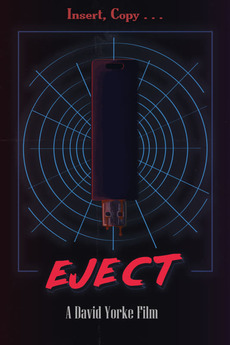
When it comes to sci-fi laden stories there isn’t much that hasn’t been repeatedly covered, however, David Yorke’s Eject manages to be entirely unique, plunging a level of pure originality into the genre. As the short progresses Yorke tackles the current societal panic of technology taking over and the loss of human interaction. The narrative motive alone is truly terrifying and personable, which is made even more pronounced due to the labyrinth-like setting and exceptional cinematography that transports the viewer to an unknown world.
Burn the Bitch (Directed by Kieran O’ Toole, 2021)
Rob (Joshua Diffley) is dragged from his comfort zone to a loud concert filled with people, whilst there he meets his dream woman Daria (Carlotta Morelli), however, their blossoming connection is not exactly what it seems.

Having solid groundwork with a thriving story is certainly an aspect that Kieran O’ Toole’s Burn the Bitch completely nails. And whilst the narrative is a key component to any short, O’ Toole refuses to stop just there as this short is beyond a visual rollercoaster that relishes in enigmatic imagery lit with giallo-like tones, where every aspect of horror is exemplary and made extremely memorable. Coupling up with the film’s vivid exposition in the detailed characters who are so balanced and elaborate that a full length film could easily come from this renowned short.
Hold Your Breath (Directed by Kameron Gates & Tommy Weber, 2017)
During Molly’s (Emily Sweet) midnight swim, the unexpected happens, leading to a fight of the fittest between herself and a masked assailant.

Hold Your Breath is a spellbinding take on the psychological horror sub genre. Joining the deep and dark explorative story of the human psyche is the film’s exceptional cinematography that has such a high level of quality attached to it the entire time. The rich landscapes, along with the attention commanding narrative allow Hold Your Breath to be both cinematically affluent and hauntingly arresting.
Koreatown Ghost Story (Directed by Minsun Park & Teddy Tenenbaum, 2021)
A young woman (Lyrica Okano) is offered the opportunity to pursue her every want and need, but at a damning cost.

Koreatown Ghost Story truly shows that short films can be as bountiful, explorative, and effective as any full length feature. Throughout, both a mystery plot and a supernatural story are followed, with the viewer deliberately being unsure of what exactly is happening until the very end; in turn creating a sense of discombobulation and eeriness. Amidst all the unpredictability is the cinematic expressiveness, from the slightly sporadic characters to the detailed set that mimics the setting of a large blockbuster film on an independent budget.
Looking for more top horror lists and reviews? Check out our blog here..









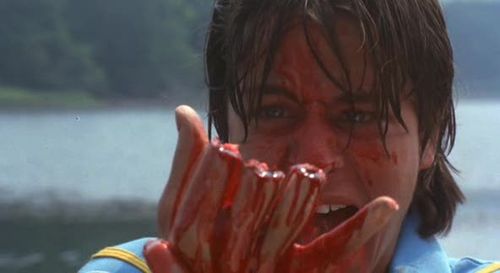



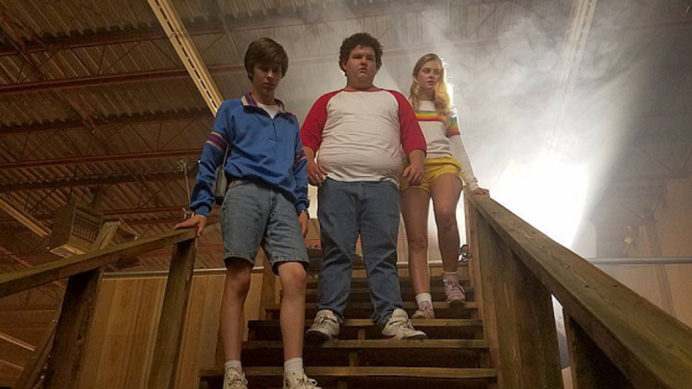
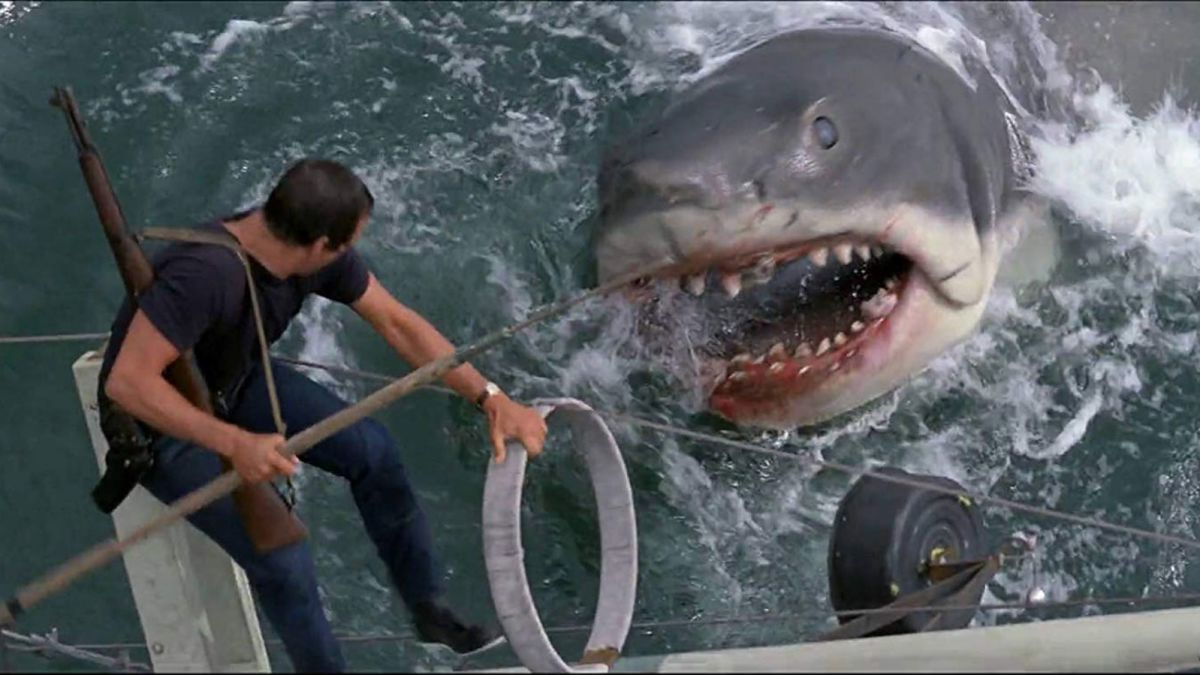





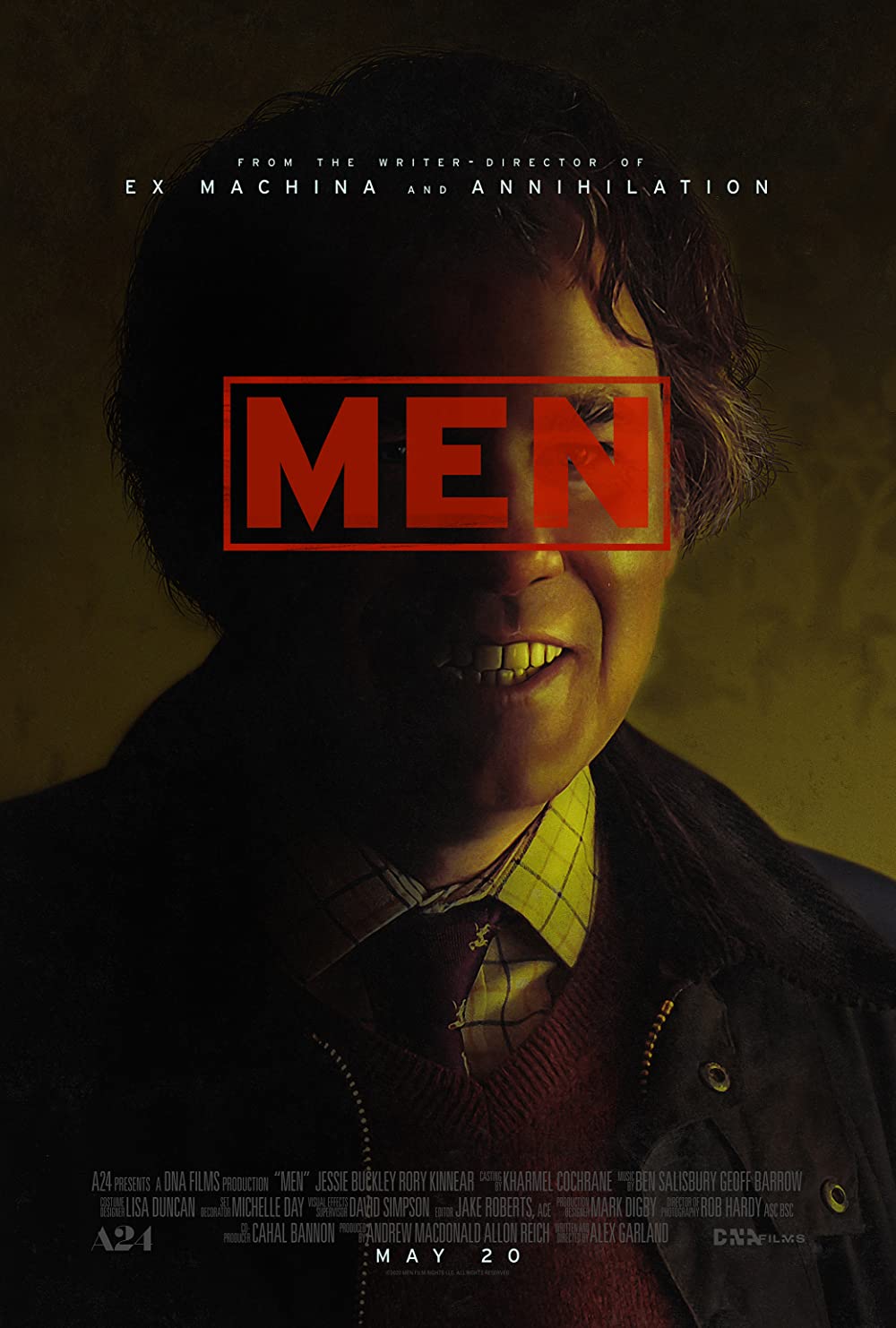
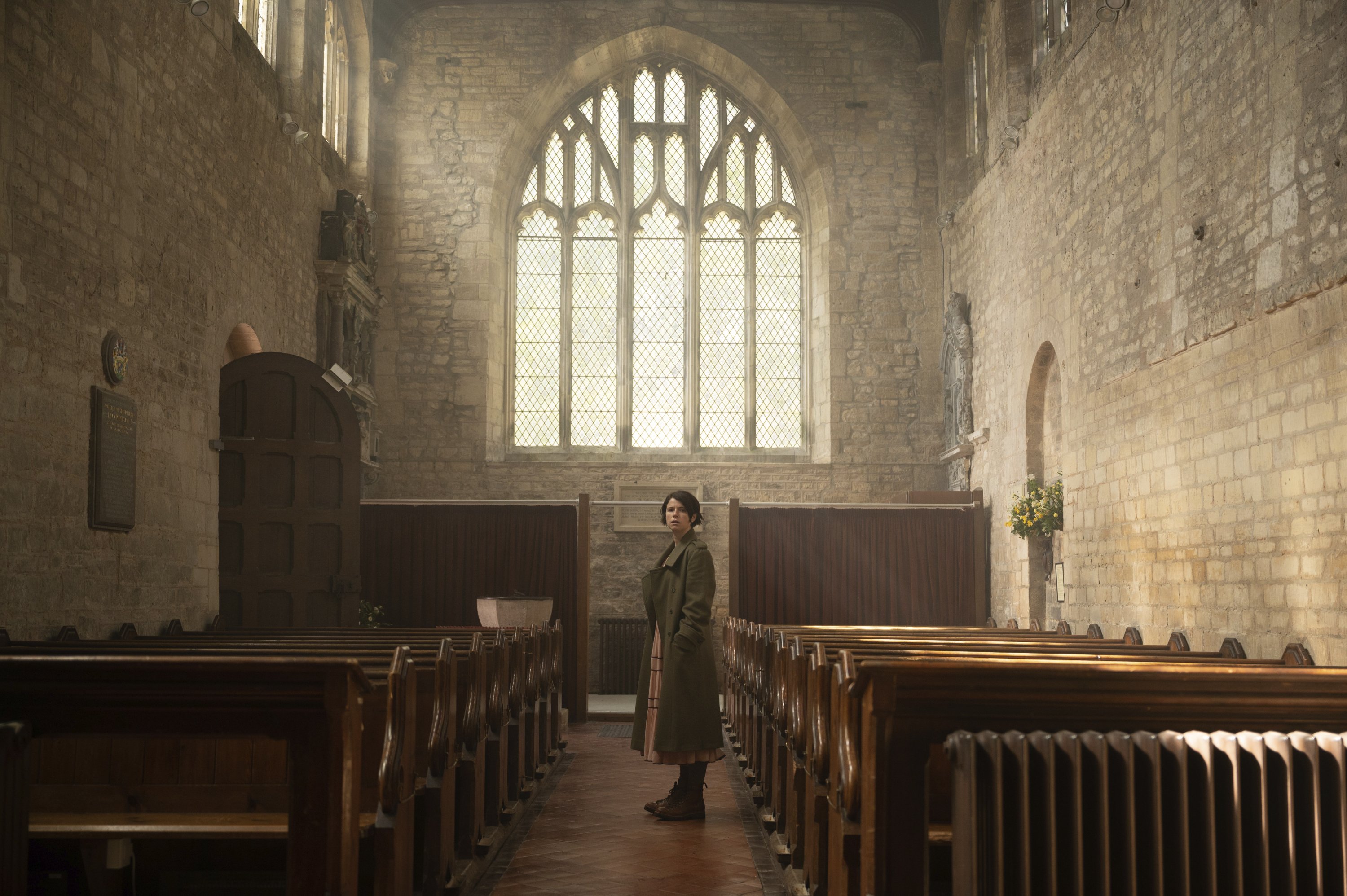
/cdn.vox-cdn.com/uploads/chorus_asset/file/23447715/Men_Leafhead.jpg)



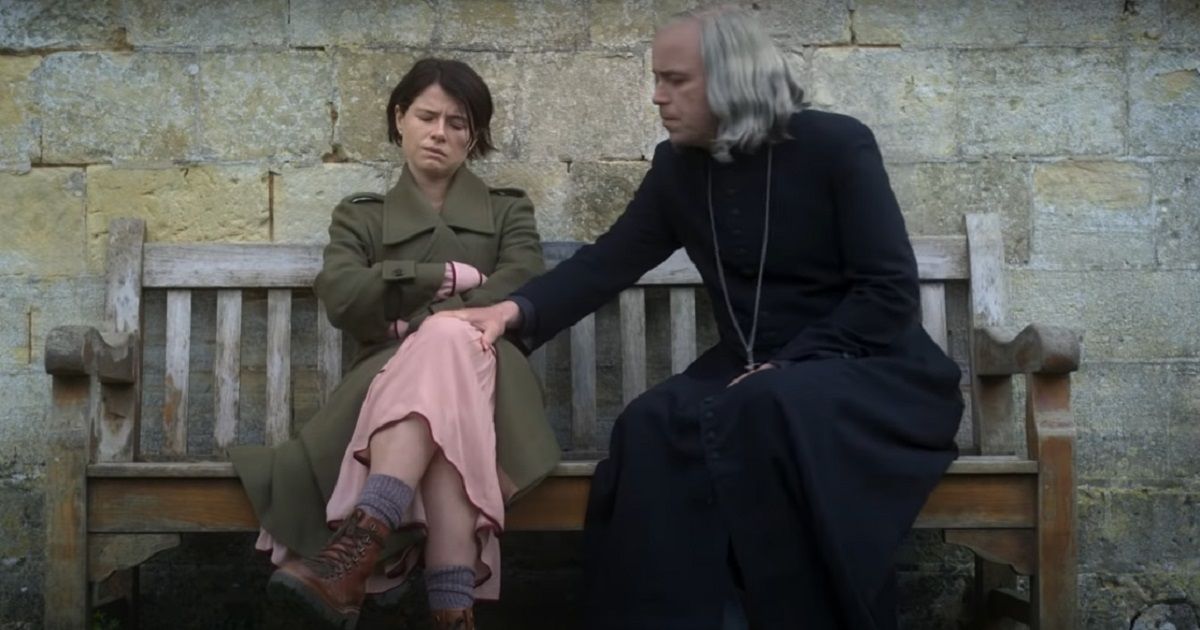

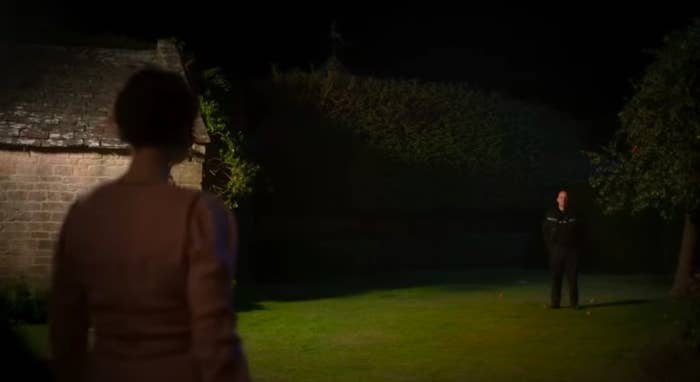
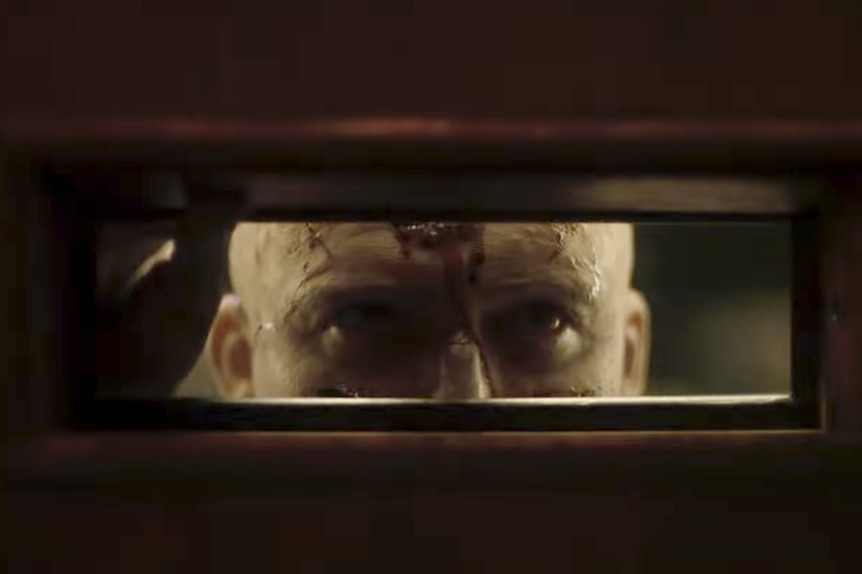

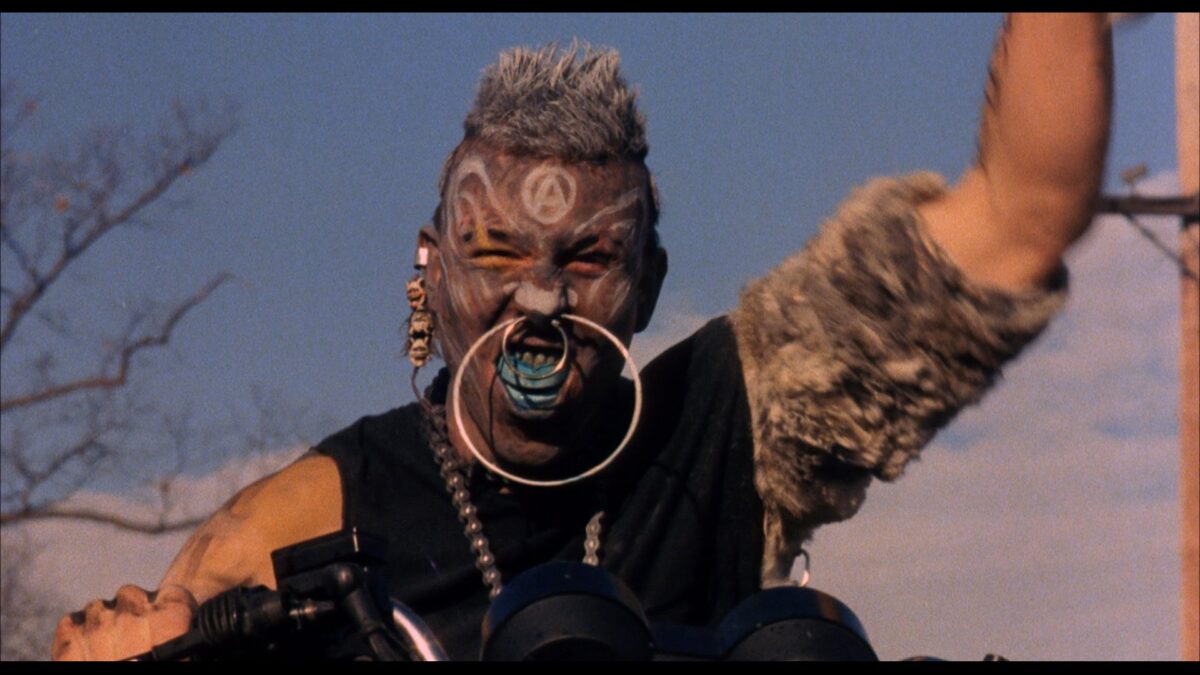
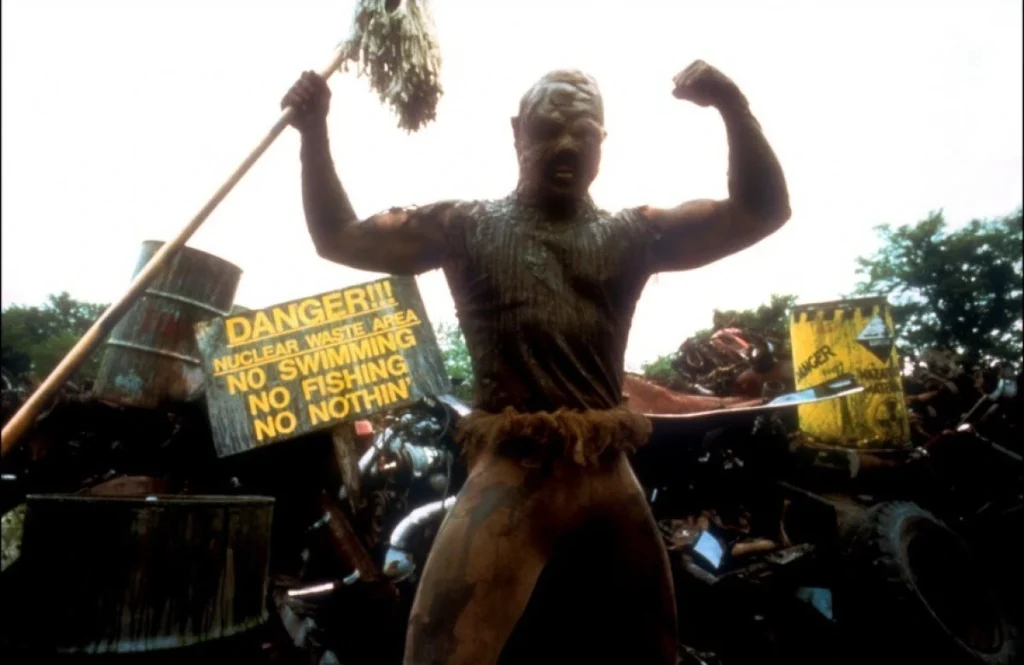


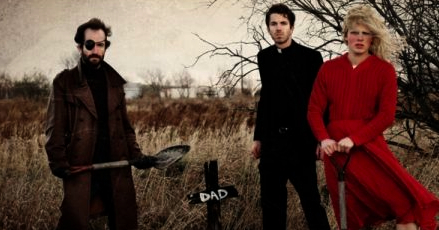
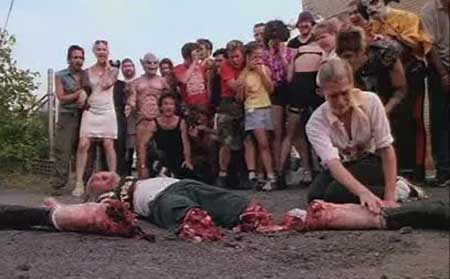

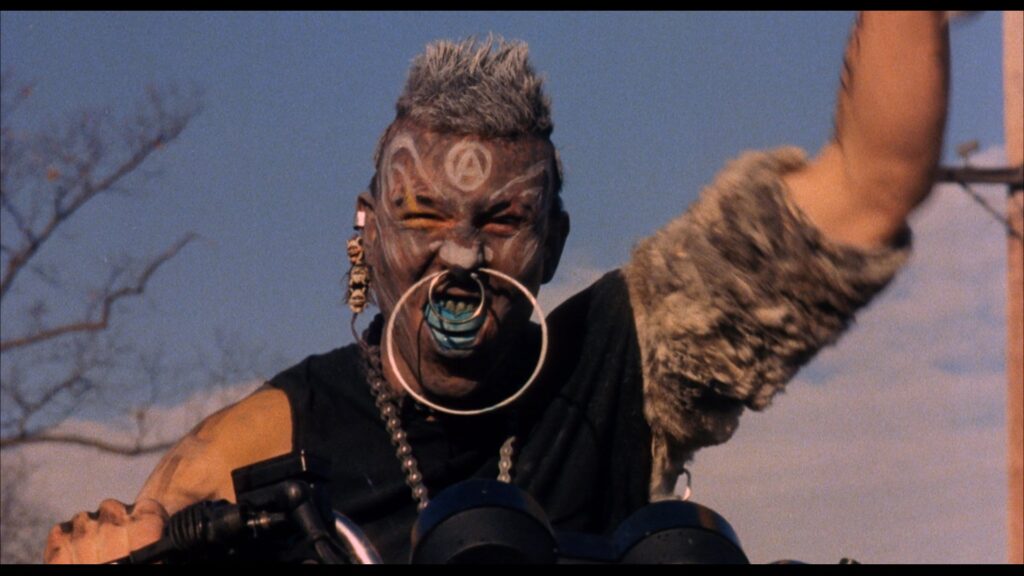
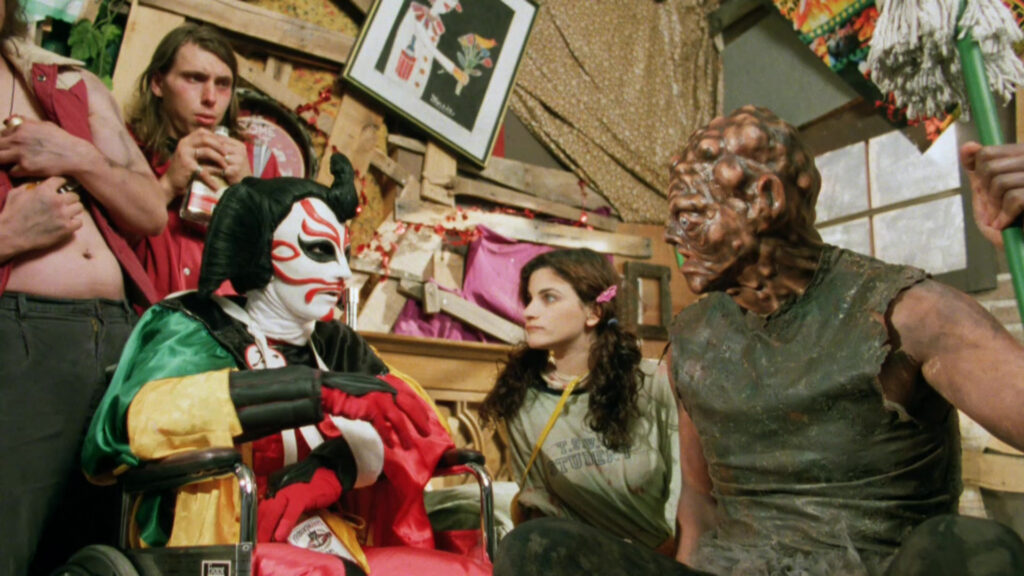
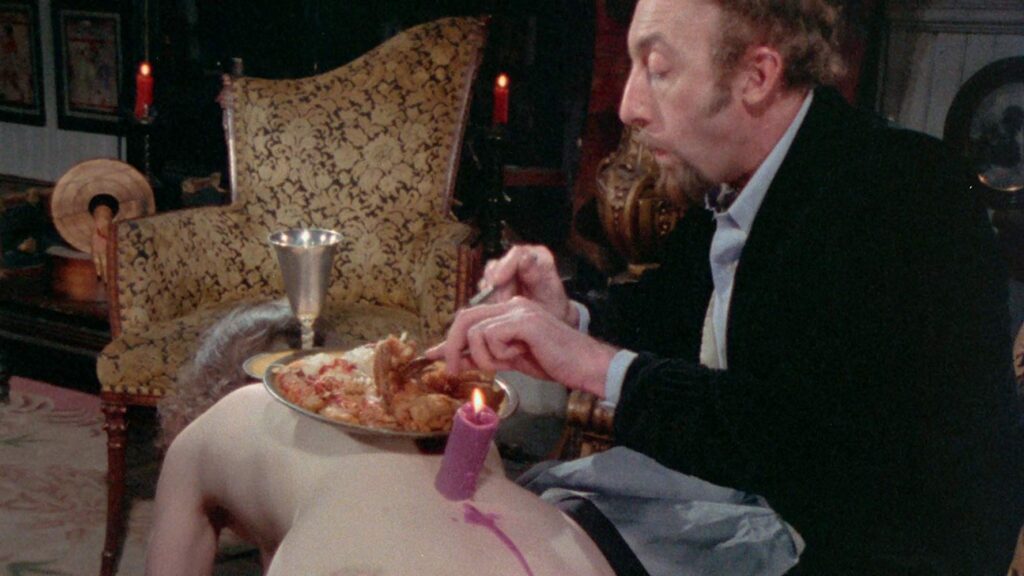
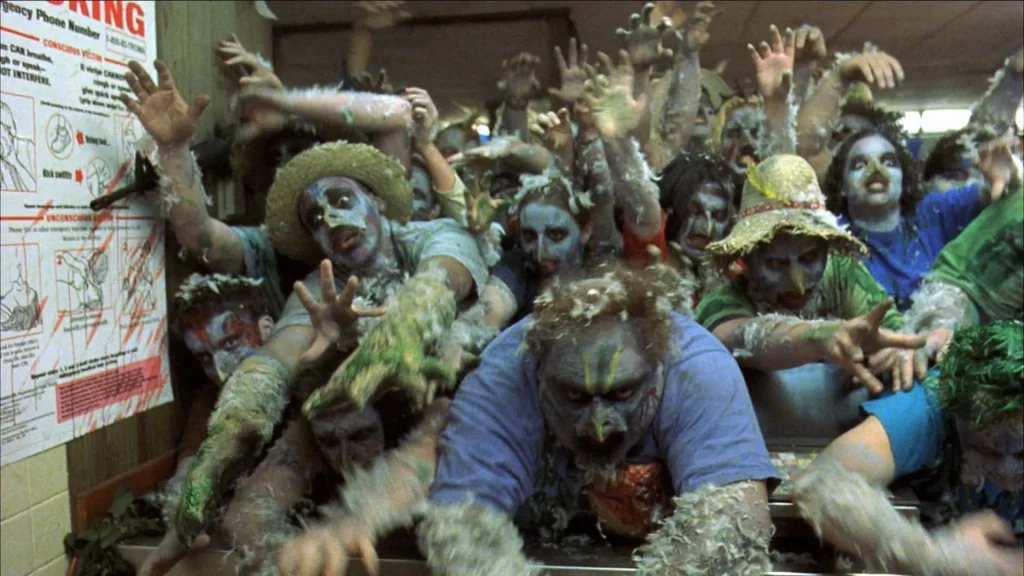






![Tromeo & Juliet [Blu-ray] [1996] [US Import]: Amazon.co.uk: Lemmy: DVD & Blu-ray](https://m.media-amazon.com/images/I/81Oc3wtimkL._AC_SL1500_.jpg)


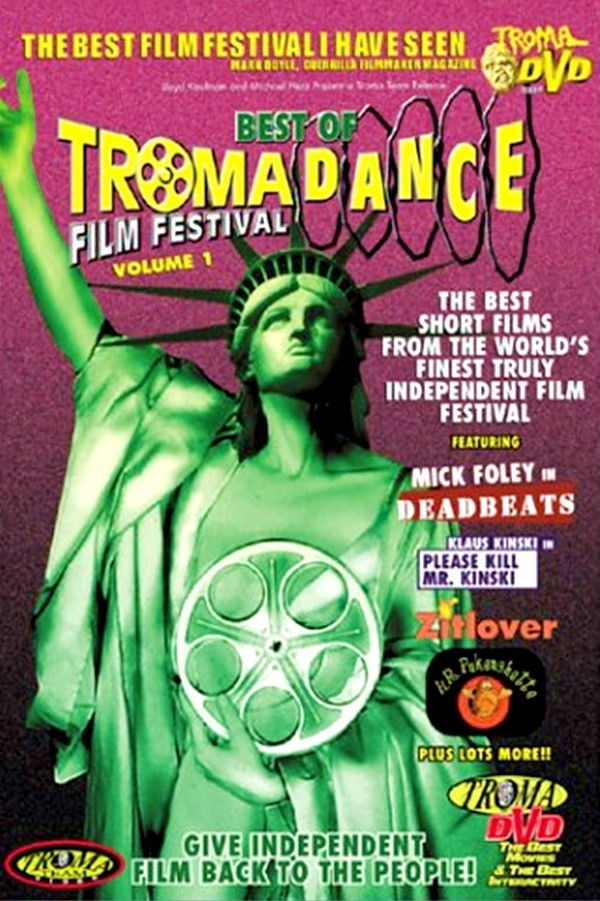
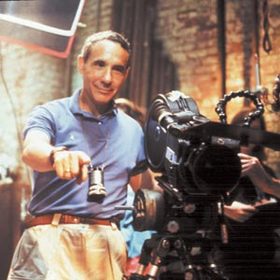

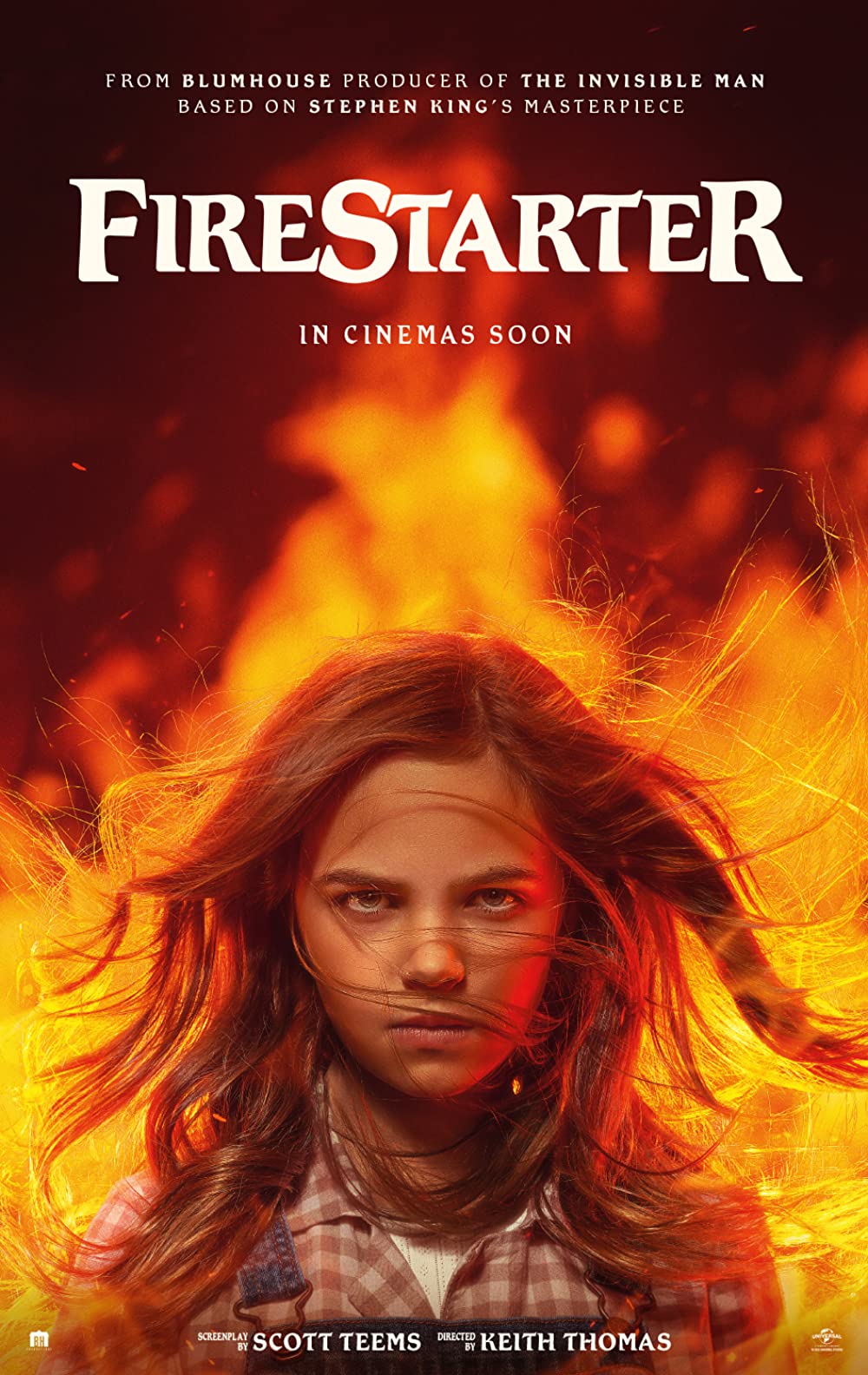
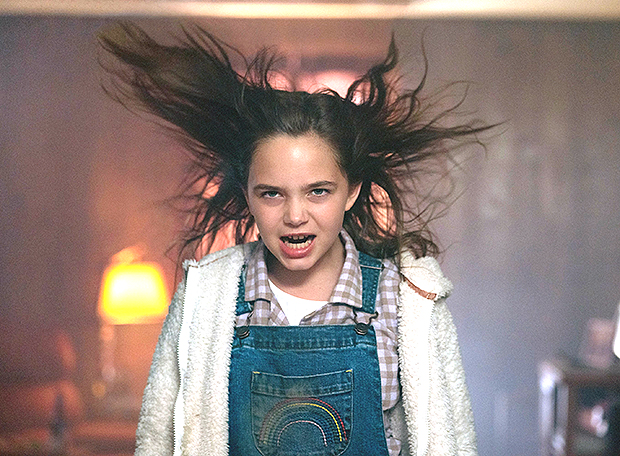


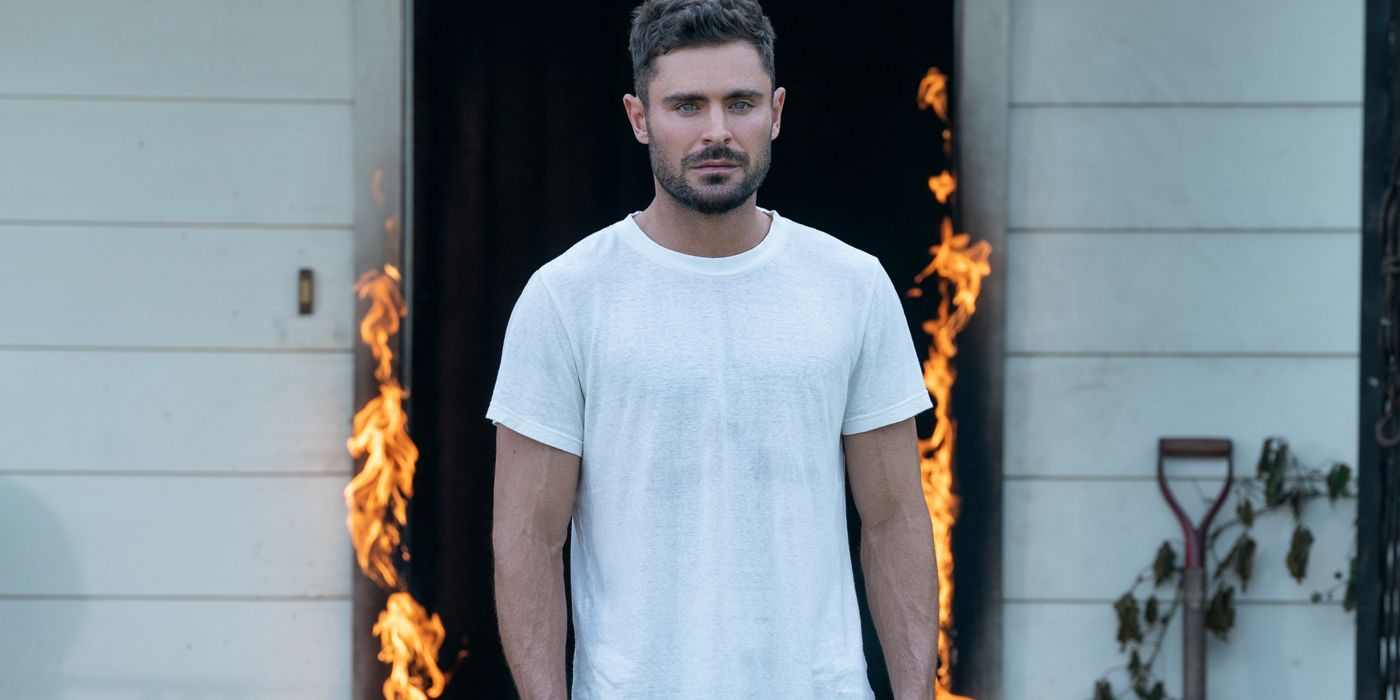
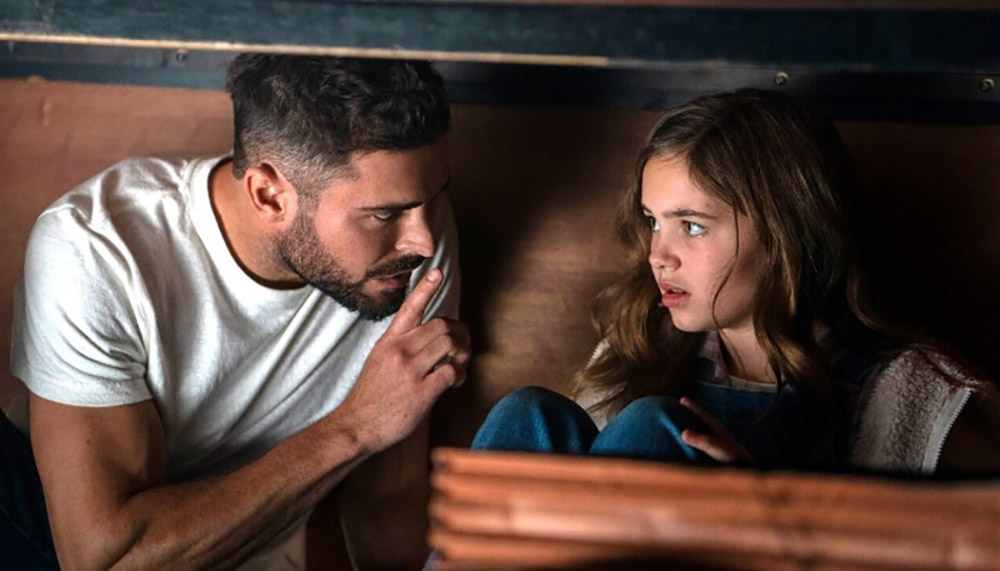

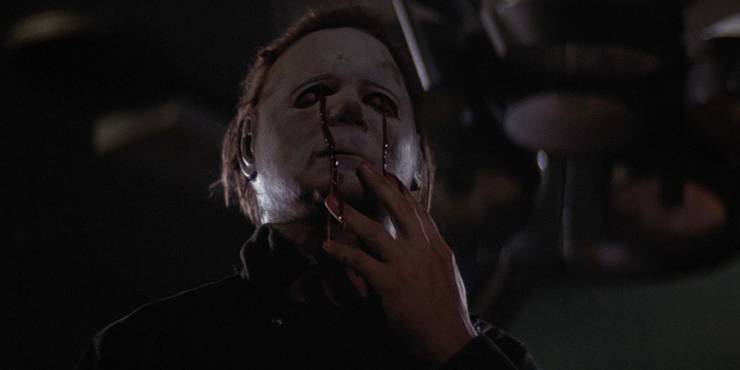


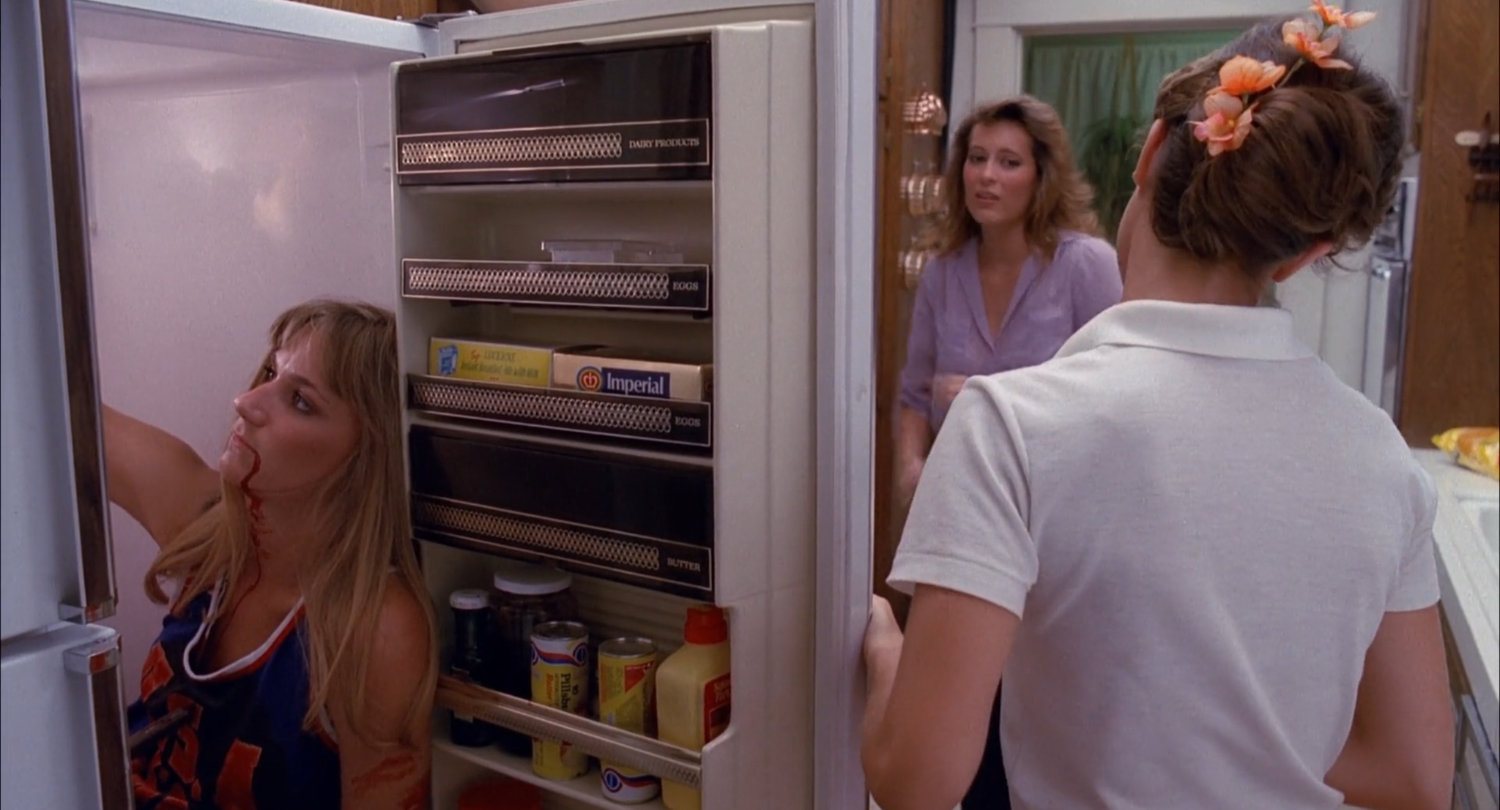












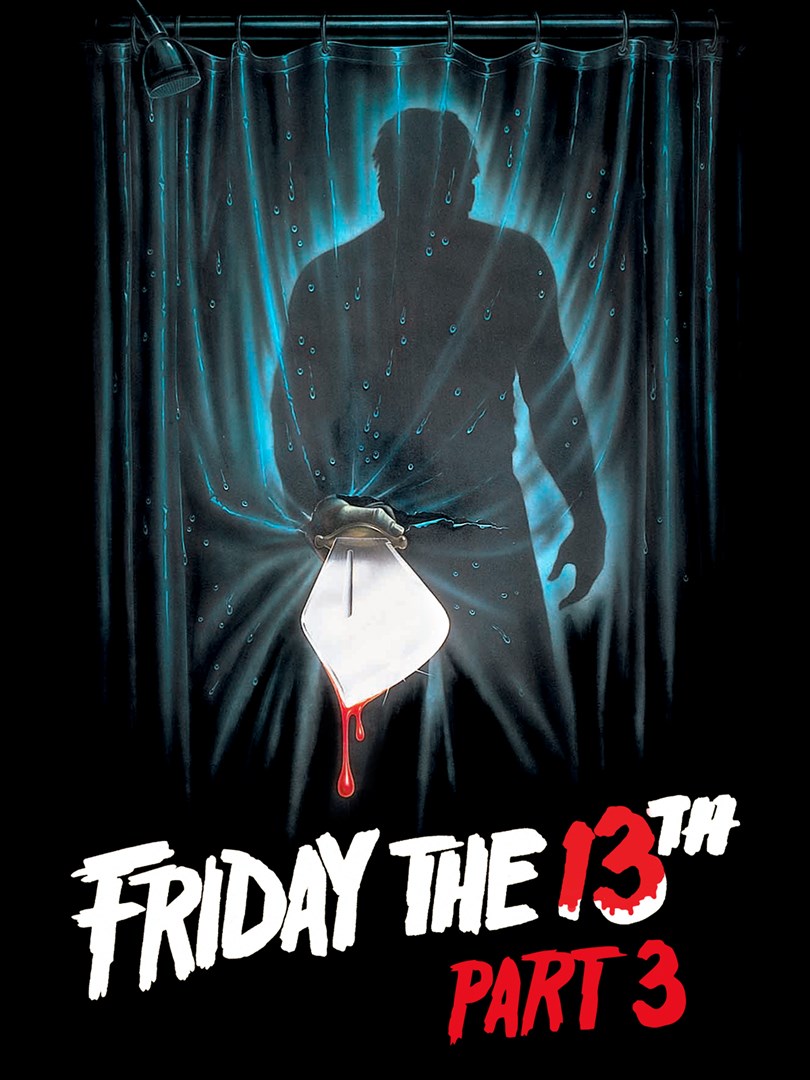

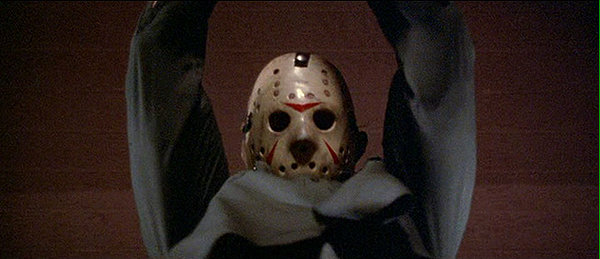
![Friday the 13th Part III – [FILMGRAB]](https://film-grab.com/wp-content/uploads/photo-gallery/thumb/Friday_the_13th_Part_3_061.jpg?bwg=1569591410)


